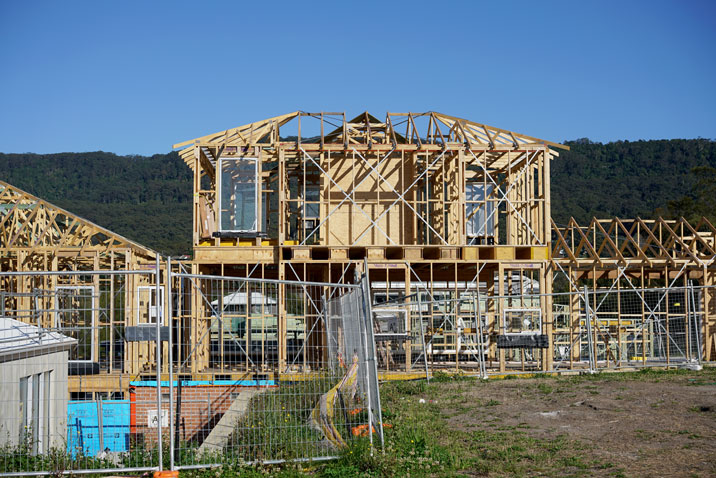The property developer Stockland updated security holders on its progress over the past year and its plans for the year ahead and released its first quarter FY17 market update, announcing a strong start to the year, including a record number of deposits for its Residential business. They see constructive signs for an elongated property cycle.
 Stockland achieved 2,301 net deposits on residential lots, townhouses and completed homes in the quarter, up from 1,557 for the corresponding period in FY16. Chief executive Mark Steinert said projects in Sydney, Melbourne and south east Queensland made “significant contributions” to the growth in deposits, while Perth has shown signs of stabilisation.
Stockland achieved 2,301 net deposits on residential lots, townhouses and completed homes in the quarter, up from 1,557 for the corresponding period in FY16. Chief executive Mark Steinert said projects in Sydney, Melbourne and south east Queensland made “significant contributions” to the growth in deposits, while Perth has shown signs of stabilisation.
As forecast in its FY17 outlook in August, around two thirds of Stockland’s Residential profit will fall into the second half.
Net deposits on residential lots, townhouses and completed homes jumped 47.7 per cent to 2,301 in the three months to September 30, from 1,557 in the same period a year ago. Andrew Whitson, CEO Residential, said: “We see continued high demand in the Sydney and Melbourne markets and an encouraging return of first home buyers in south east Queensland, who are taking advantage of the Queensland First Home Owners’ Grant, which was recently increased to $20,000.
“We remain on track to achieve more than 6,000 residential settlements for the full year and see constructive signs for an elongated property cycle.”
Stockland’s Retail business, the single biggest contributor to group earnings, saw a slight moderation in the rate of sales growth. Total sales for the quarter increased by 2.4 per cent, with comparable specialty sales up 1.1 per cent on the corresponding quarter last year. Importantly, sales data from approximately one-third of the portfolio is excluded, due to the redevelopment of some of its most productive centres, most notably Stockland Wetherill Park in western Sydney and Stockland Green Hills in the lower Hunter Valley. Comparable specialty sales per square metre grew 3.0 per cent for the quarter to $9114 per square metre.
Stockland reported that the strongest retail categories were communications technology; food catering and casual dining; and retail services.
John Schroder, CEO Commercial Property at Stockland, said: “The first quarter saw the short term impact of redevelopment activity and retail remixing within our centres, which will deliver future earnings growth. We expect retail sales growth to continue at moderate levels, and we remain confident of achieving 3 – 4 per cent comparable retail FFO growth in FY17, in line with our guidance.”
Stockland maintained good leasing momentum within its Logistics and Business Parks business, with leases executed on 62,400 square metres of floor space and Heads of Agreements signed on a further 92,500 square metres. Weighted Average Lease Expiry (WALE) remained steady at 4.5 years.
“We’ve maintained our disciplined approach to capital recycling and we are using our capabilities to upgrade and reposition our portfolio,” explained Mr Schroder. “We have made good progress on our $400 million development pipeline, which is strongly weighted towards the higher-performing Sydney and Melbourne markets.”
In Retirement Living, Stockland achieved 255 net reservations during 1Q17. The first quarter result was well supported by Stockland’s development pipeline with 96 net reservations of new homes, including from its development projects at Cardinal Freeman The Residences at Ashfield in Sydney’s inner west and Willowdale Retirement Village in south west Sydney. Stockland recorded 159 net reservations within its established portfolio, with the figure constrained by a comparatively lower turnover of homes in New South Wales and Queensland.
Stockland confirmed that it is on track to achieve target growth in Funds from Operations (FFO) per security of 5.0 – 7.0 per cent across the entire group, with a profit skew to 2H17, assuming no material change in market conditions.
Stockland continues to target an estimated distribution per security of 25.5 cents, assuming no material change in market conditions.
